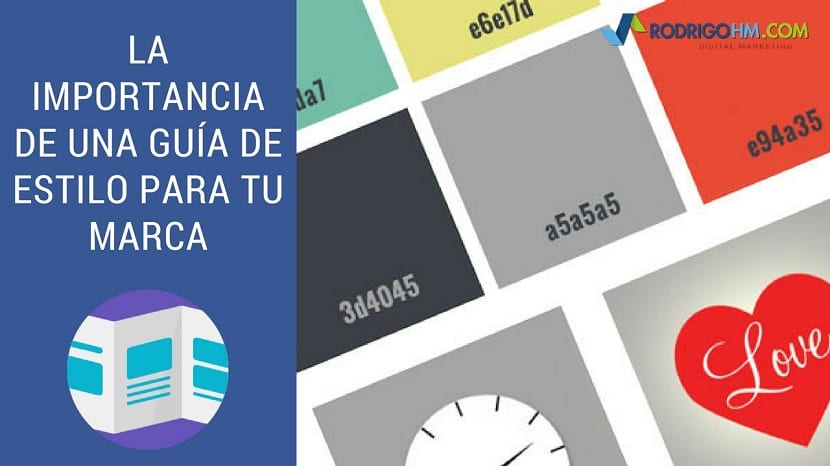
A style guide it is only an informative summary Of all the elements that make up a brand and that serve as a tool to guide any development that is going to be carried out around it, they are not always essential, so today we will talk about when a style guide is necessary.
How to know if a style guide is necessary?

It will depend on how many work teams the owner of the brand has selected, to develop the different elements that will make it up, in simple terms, if those responsible for designing it make up a single team to create the logo, website, advertising, etc. ., let's say that the existence of the guide would not be strictly necessary since it is assumed that the team must work accordingly so that all these elements coincide in the same message and each one is part of a whole.
However, if the client does not want to leave anything to chance, the style guide might be necessary.
On the other hand, if different work teams have been selected for each to develop an element of the brand, the existence of a style guide is essential so that each group has the necessary information and knows what is to be transmitted so that they do it uniformly to the rest of the teams and the image of the brand is always strengthened.
What should a style guide include?
To begin with, these guides must be quite flexible, always leaving the possibility of innovation open to those who use it, that it works to give guidelines, to mark the route to follow without restricting the creative process and always leaving open the options to expand and improve it when necessary; all this while clearly defining the essential elements of the brand as such, so that identity is not lost.
To make it more useful, below we provide some tips to keep in mind to make your style guide as useful as possible:
The brand image must be defined
The image is the first step, to define it you have to rely on the company logo and from there, taking into account the competitors, the Branding and what you want to convey, until you find the image that fits what you want.
Evaluate the options for the logo
This has to do with different ways the logo will be usedFor example, if it will be in color or not, the measurements allowed depending on the circumstances; in short, all the necessary guidelines so that the basics of the logo are not lost.
Deciding on fonts
At this stage of the process, the typography of the image must be defined, the important thing to establish in the guide, when to use it and when you can make use of the rest of the allowed fonts, sizes, colors and styles, which ones to use in titles, in long texts, etc.
Define the colors
The codes of each of the colors that were used in the logo, both the base and the rest of the options, must be informed in the style guide, if you want to expand the options you can supply other secondary ones that combine with the main ones.
Definition of some general elements
In order to establish some guidelines to develop the brand, defines colors, size of images and other elements that guide the designer.
Importance of determining spacing
Try not to make the mistake of many when they downplay the spacing, choose to determine the spacing of your logo with the borders and those of other important elements.
Exemplify how to use your brand
As the brand will be used on the web, blogs, cards, bags, etc., it is important that the guide contains clear examples of where to place the image previously, studying the best places for it.